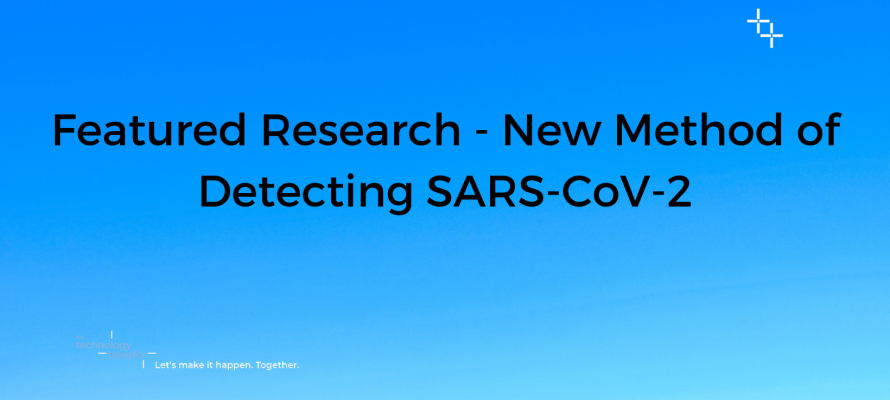Featured Research - New Method of Detecting SARS-CoV-2

Interested in licensing a new method of detecting SARS-CoV-2 that eliminates the need for an RNA extraction step and a BSL-2 testing facility?
The National Eye Institute (NEI) has developed a novel improved sample preparation method that eliminates the need for an RNA extraction step from the currently used method of detecting SARS-CoV-2. NEI inventors discovered that incorporating a chelating agent into the reverse transcription Polymerase Chain Reaction (RT-qPCR) heating step ties up the magnesium and calcium ions needed for RNase activity – thereby increasing the amount of RNA produced for analysis. This new method also removes the potential inhibitors of RT-qPCR and inactivates SARS-CoV-2 infectivity, which improves workflow safety and eliminates the need for a BSL-2 testing facility.
This new method has many competitive advantages including:
- Improved workflow safety
- Removes potential inhibitors of RT-qPCR
- Inactivates SARS-CoV-2 infectivity
- Increased RNA production for analysis
- Eliminates the need for an RNA extraction step
This technology has many commercial applications including improved COVID-19 diagnostic testing, improved DNA or RNA-based diagnostic testing for additional infectious diseases, safer preparation of patient samples, and reagent kits for biomarker profiles and inherited diseases.
Inventors at the NEI seek research and co-development partners and/or licensees to:
- Advance the production and uses of the new RNA preparation method,
- Manufacture reagent kits for testing in patients with suspected COVID-19 and other DNA/RNA viruses, and
- Manufacture reagent kits for patient biomarker profiles and inherited disease diagnostics.
For more information or to reach out to the licensing contact, please view the abstract, Sensitive and Economic RNA Virus Detection Using a Novel RNA Preparation Method.
